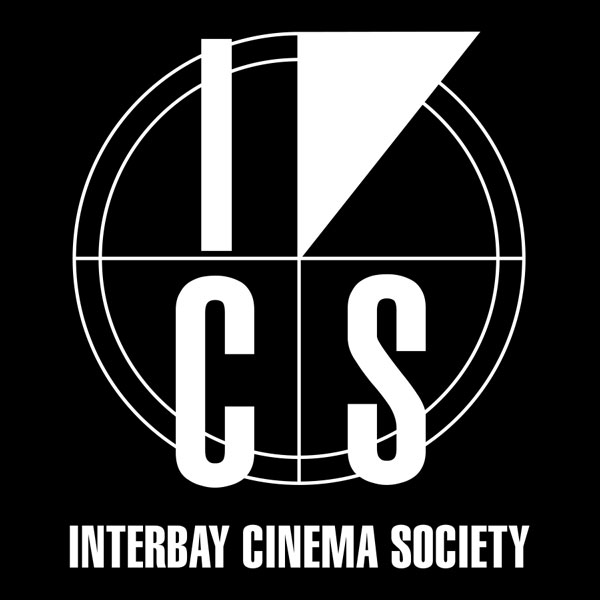Ruins and Resilience: An Evening with Karel Doing [In-Person Only]
$15 General Admission
$10 Student/Child/Senior
$7 NWFF Member
On Film
All films presented on 16mm, except Liquidator (2010) and Wilderness Series (2016) which will be screened digitally.
Visiting Artist
Filmmaker Karel Doing will be in attendance for the screening
About
(Karel Doing, 1998-2024, United Kingdom and The Netherlands, 71 min)
Karel Doing is an independent artist, filmmaker, and researcher whose practice investigates the relationship between culture and nature by means of analogue and organic process, experiment, and co-creation. His work has been shown worldwide at festivals, in cinemas, on stage, and in galleries. He was a founder member of Studio één, a pioneering DiY film laboratory. He has invented “phytography,” a technique that combines plants and photochemical emulsion.
Films In This Program Include:
★ Whirlwind, 1998, 9 minutes, color, 16mm, NL
The origins of this film came from documents shot during the preparations and the executions of several collective performances performed by the British group Loophole and the Dutch artist Karel Doing. Using frame by frame, long exposures and optical effects, these performances were manipulated and intensified. The essence of cinema, writing with light, is portrayed as a hallucination.
★ Energy Energy, 1999, 7 minutes, black& white, 16mm, NL
Progress revisited. Found-footage film, compiled from industrial, instructional and promotional films from the first half of the twentieth century, presenting progressive thought and technological developement. But did everything really go so well?
★The Mulch Spider’s Dream, 2018, 14 minutes, colour, 16mm, UK
Kindling the vision of a spider. What is it like to be a spider? A creature that lives in the same environment as we do and yet has an experience far removed from ours. The film evokes a non-human world through shape, colour and rhythm. The seemingly abstract images are made by using the internal chemistry of plants interacting with photographic emulsion, a type of image that I have called a “phytogram”.
★ A Perfect Storm, 2022, 3 minutes, colour, 16mm, UK
Oxfordshire landscape imprinted on the film’s emulsion. “A Perfect Storm” is a landscape film or, more precisely, a landscape imprinted on the film’s emulsion. The artist has used seeds, tiny composite flowers and other small elements of cultivated plants that grow in his garden and wild plant species gathered from a nearby nature reserve.
★ Babbler, Fairy and Thrush, 2022, 4 minutes, black&white, 16mm, UK
An unfiltered stream of perception: small objects and grand panoramas appear simultaneously. The certainties of near and far, detail and overview, inside and outside are deliberately thrown into confusion. Aided by in-camera superimposition and travelling mattes, a near abstract experience is created. Sunlight filters through semi-transparent surfaces, while small holes and cracks allow the light to travel unrestrained.
★ Oxygen, 2023, 6 minutes, colour, 16mm, UK
Blades of grass racing across the screen.
★ Agapanthus, 2024, 6 minutes, black&white, 16mm, UK
A mosaic of organic forms that tumble on top of each other.
★ Liquidator, 2010, 8 minutes, colour, (35mm) 2K, NL
A project making innovative use of existing archive images of Willy Mullens’ silent film Haarlem (1922). The original film shows the city in straightforward shots and camera movements. Due to deterioration these images changed in a dramatic way. In the adaption Karel Doing zooms in on these effects with the aid of digital techniques like optical flow and morphing. Michal Osowski collaborated on the project with sound that is directly linked to the image, he used the changes in density of the film to control complex filters and distortion effects.
★ Wilderness Series, 2016, 14 minutes, colour, (35mm) 2K cinemascope, UK
By using plants, mud and salt in conjunction with alternative photochemistry, images are ‘grown’ on motion picture film. What in first instance is perceived as abstract turns out to be a concrete precipitation from phenomena that surround us in everyday life. The ‘aliveness’ of the images is underlined by Andrea Szigetvári’s evocative sound-design.
Ticketing, concessions, cinemas, restrooms, and our public edit lab are located on Northwest Film Forum’s ground floor, which is wheelchair accessible. All doors in Northwest Film Forum are non-motorized, and may require staff assistance to open. Our upstairs workshop room is not wheelchair accessible.
The majority of seats in our main cinema are 21″ wide from armrest to armrest; some seats are 19″ wide. We are working on creating the option of removable armrests!
We have a limited number of assistive listening devices available for programs hosted in our larger theater, Cinema 1. These devices are maintained by the Technical Director, and can be requested at the ticketing and concessions counter. Also available at the front desk is a Sensory Kit you can borrow, which includes a Communication Card, noise-reducing headphones, and fidget toys.
The Forum does NOT have assistive devices for the visually impaired, and is not (yet) a scent-free venue. Our commitment to increasing access for our audiences is ongoing, and we welcome all public input on the subject!
If you have additional specific questions about accessibility at our venue, please contact our Patron Services Manager at suji@nwfilmforum.org. Our phone number (206-329-2629) is voicemail-only, but we check it often.
Made possible due to a grant from Seattle Office of Arts & Culture, in partnership with Sensory Access, our Sensory Access document presents a visual and descriptive walk-through of the NWFF space. View it in advance of attending an in-person event at bit.ly/nwffsocialnarrativepdf, in order to prepare yourself for the experience.
NWFF patrons will be strongly encouraged to wear masks that cover both nose and mouth while in the building. Disposable masks are available at the door for those who need them. Recent variants of COVID-19 readily infect and spread between individuals regardless of vaccination status.
Read more about NWFF’s policies regarding cleaning, masks, and capacity limitations here.




Films shown above from Babbler, Fairy, and Thrush (2022), Oxygen (2023), The Mulch Spider’s Dream (2019), and Liquidator (2010)
